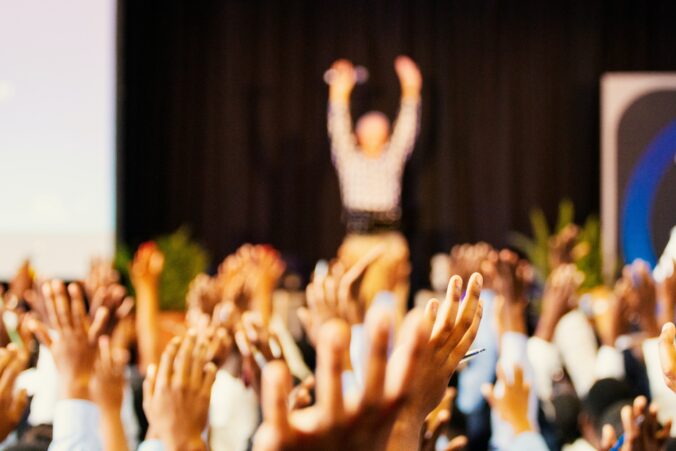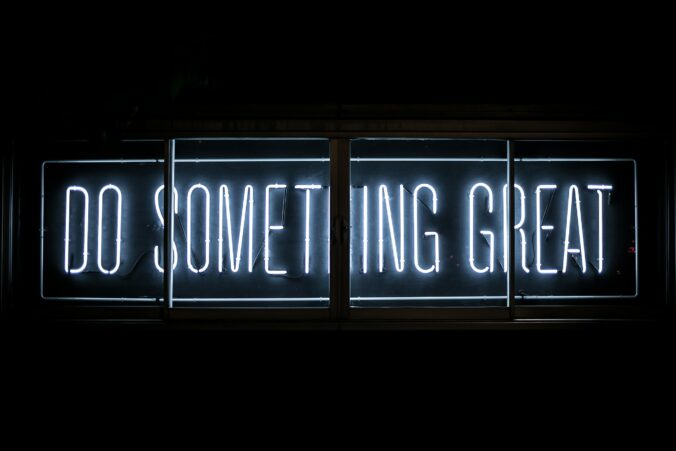If someone had asked me what a PLN was prior to this course, I would have had a vague answer for them. Having the opportunity to learn the importance of a personalized learning network and how to apply social media to support my learning journey has been extremely beneficial for my professional development. Understanding the risks and rewards of public communications has also made me more confident to expand my PLN and engage with others in a safe and productive manner.
So, how is my PLN going?
My PLN has expanded considerably since the beginning of term. I have created myself a professional Twitter account, which I am engaging with daily. I am still in the early ‘apprehensive’ stages of jumping into discourse with other educators but I am learning a lot from observing their interactions and following more and more diverse voices everyday. I have also started creating a LinkedIn account to strengthen my professional relationships and connect with potential employers in the future. Continuing to use platforms such as Slack, Matter Most, and Discord will also ensure that I remain connected with the colleagues I have had the opportunity to learn with and from throughout the years.
Has my perspective of social media in personal vs. private settings changed?
Not really. I have never been a huge social media user, whether personal or professional. The biggest change that has occurred for me is my confidence with technology and reflecting who I am, on diverse platforms. I previously used pseudonyms when engaging online but have recently started attaching my name to my accounts so I can be recognized as I engage professionally. Learning new skills has helped me to determine my needs as well as relevant professional goals and I now know how to achieve them through connected networks and my PLN.
Moving forward
Lifelong learning requires effort. As I move forward with curating my PLN I want to remain mindful of the active involvement that is necessary to really benefit from learning networks. I also aim to reflect on the connections I am making to ensure that I am aligning my values with my practice as I interact online.
Big Thanks!
Thanks to all of my colleagues in this course, and to Jesse Miller, for helping me to confidently engage online, learn new skills, and develop an understanding of what a PLN is and how to advance my professional career with the meaningful connections I make online. Cheers!
My colleagues blog:
Yuxin, it sounds like we had many of the same take-aways from this course and curating our PLN’s moving forward. I agree with you that privacy on the internet is often overlooked and ignored by users. Like you, I am glad to know more about data privacy and security so that I can move about digital networks with confidence. Thanks for your insights and have a great holiday!












Recent Comments